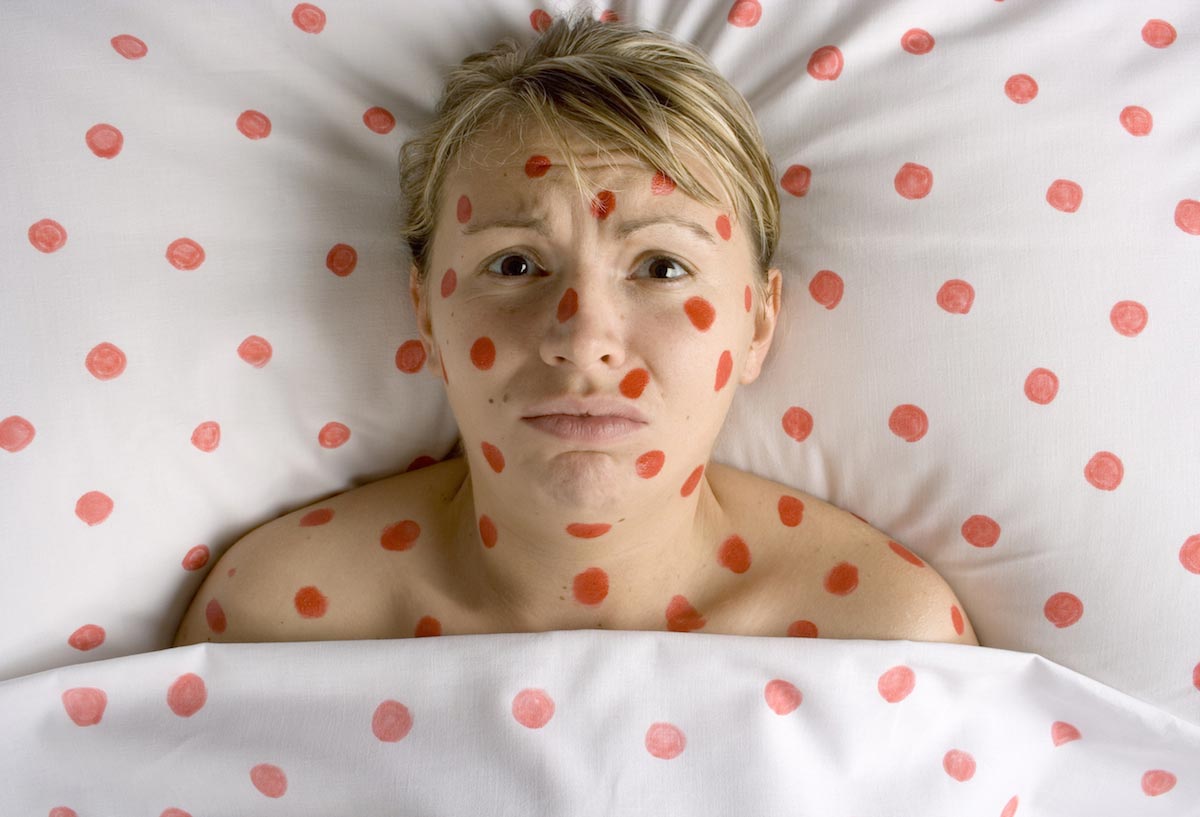Medical MYTHS: You’ve been lied to about the history of vaccines vs. mortality … Now learn what the dishonest vaccine establishment doesn’t want you to know
03/19/2019 / By Tracey Watson

The vaccine debate has been simmering for years, but two recent developments have turned the heat up around this issue dramatically in the past few months.
First, the World Health Organization has declared “vaccine skeptics” – people who are cautious about receiving vaccines for ethical, health or other reasons – as a “global health threat” on the same level as Ebola, superbugs, HIV, air pollution and global warming. Then, a national measles “outbreak” was declared in the United States after 228 people contracted the disease, creating widespread hysteria in North America.
The media and regulatory authorities use this type of hysteria to push the narrative that vaccines save lives and have reduced mortality rates dramatically over the past 100 years. People who do not vaccinate, they therefore insist, are selfish and ignorant. But are they telling the whole, unvarnished truth? While it is an undisputed fact that health outcomes for the majority of Americans have improved dramatically over the past century, scientific data do not confirm that vaccines are responsible for this dramatic reduction in mortality rates.
What a difference a hundred years can make
As reported by the organization, Children’s Health Defense, mortality rates have dropped a staggering 74 percent since 1900. Experts agree that the greatest reason for this drop is a significant reduction in the number of deaths from infectious diseases.
What many health practitioners and regulatory agencies do not acknowledge to the public, however, is that this reduction in infectious disease is not the result of vaccinations.
To understand the real cause of this massive improvement in general health it is necessary to look back at what living conditions were like around the turn of the 20th century.
At that time, hundreds of thousands of poor immigrants had arrived in the U.S.A. desperate to escape grinding poverty in their home countries. The majority of immigrants were herded into apartment-like living areas known as tenements, which generally consisted of a kitchen and one bathroom. Rooms often had no windows, and multiple people lived together in stifling, unhygienic conditions. There was no running water, sewage management or garbage removal. Rubbish was piled up everywhere and it was very difficult for people to bathe or properly wash their clothing. The result? Disease – and lots of it.
As socio-economic conditions improved dramatically and quickly in the first few decades of the 1900s, however, with sewerage and garbage management systems established, running water becoming increasingly accessible, and laws that improved living conditions in general, the health of people quickly improved. Long before the majority of vaccines became available, therefore, morbidity rates had already decreased dramatically.
What they aren’t telling you
Back in 1970, Dr. Edward H. Kass, then-president of the Infectious Diseases Society of America, gave a speech in which he showed his colleagues charts depicting how deaths from infectious diseases like measles and whooping cough had dropped dramatically before vaccines against these diseases were even created.
He also pointed out that incidences of Scarlett Fever – for which there has never been a vaccine – diminished just as dramatically as other infectious diseases.
Dr. Kass warned at the time that the idea that “medical research and our superior system of medical care were major factors extending life expectancy” were nothing more than half truths that could prevent the medical establishment from continuing to search for the real reasons behind reductions in mortality.
“This decline in rates of certain disorders, correlated roughly with socioeconomic circumstances, is merely the most important happening in the history of the health of man,” he noted, “yet we have only the vaguest and most general notions about how it happened and by what mechanisms socioeconomic improvement and decreased rates of certain diseases run in parallel.”
Then, a 1977 study known as the McKinlay Study, which was viewed as the seminal work on the role of vaccines in the decline in mortality rates, concluded:
[T]he introduction of specific medical measures and/or the expansion of medical services are generally not responsible for most of the modern decline in mortality.
The researchers concluded that all medical interventions – including vaccines – were only responsible for between 1 and 3.5 percent of the total reduction in mortality rate since 1900.
Finally, a study published in 2000 in the journal Pediatrics, conducted by researchers from Johns Hopkins and the Centers for Disease Control and Prevention (CDC) found:
Thus vaccination does not account for the impressive declines in mortality seen in the first half of the century…nearly 90% of the decline in infectious disease mortality among US children occurred before 1940, when few antibiotics or vaccine were available.
So, no, vaccines did not dramatically decrease mortality rates in the 1900s, no matter what you may have been told. Which leads to the question: What else are they hiding?
Learn more about the dangers of vaccines at Vaccines.news.
Sources include:
Tagged Under: baddoctors, deception, infectious diseases, mortality, science fraud, vaccines

















